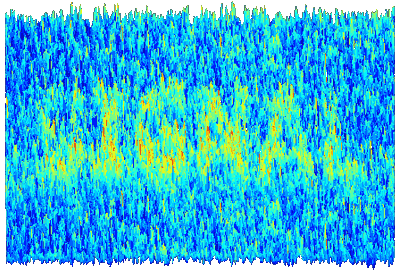Our approach to Fed-watching is clear: Among the cacophony of voices, the Troika of Fed leadership, Yellen, Fischer and Dudley provide the clearest signal. They are most often on message, and their comments have been the best indications of policy.

Remember at the end of last summer; Dudley said a rate hike was less compelling. This foretold the lack of hike last September. Earlier this year, as several regional presidents were talking up a rate hike, Yellen pushed against it.
Governor Brainard is the newest member of the Board of Governors. Well, technically, Fischer was confirmed at the same time, but his experience is vastly superior. Brainard has completed a little more than two years of her 12-year term. This is not to impeach her comments. They are thoughtful and well considered. They were thoughtful and considered six months ago too. She has not changed her assessment, though circumstances have changed.
First, the global risks appear to have eased. The UK referendum has come and gone. The global capital markets have become decoupled to a large extent from what happens to the Chinese yuan and stocks. It is the politics of several emerging market countries, like Brazil, Mexico, Turkey, and South Africa, not the economics that has been the source of consternation by investors.
Second, the nine-month soft-patch in which the US economy grew less than 2% appears to be ending now. We are familiar with three regional Federal Reserve’s GDP trackers. The St. Louis Fed’s and the Atlanta Fed’s models point to an annualized pace more than 3% here in Q3. The NY Fed says the economy is tracking 2.8%.
Third, fact that the Fed does not have a conventional monetary tools at its disposal is an argument that has been developed to encourage policymakers to gradually raise interest rates. However, Brainard turns this argument on it head. She suggests that the limited arsenal should make the Fed even more cautious about taking risks, such as raising rates.












Leave A Comment